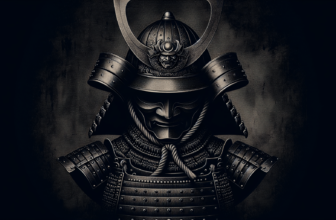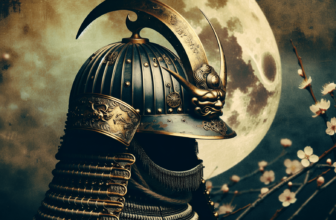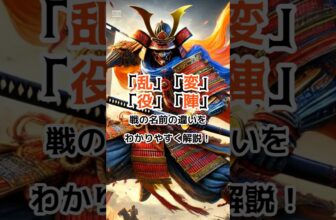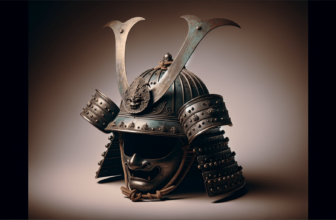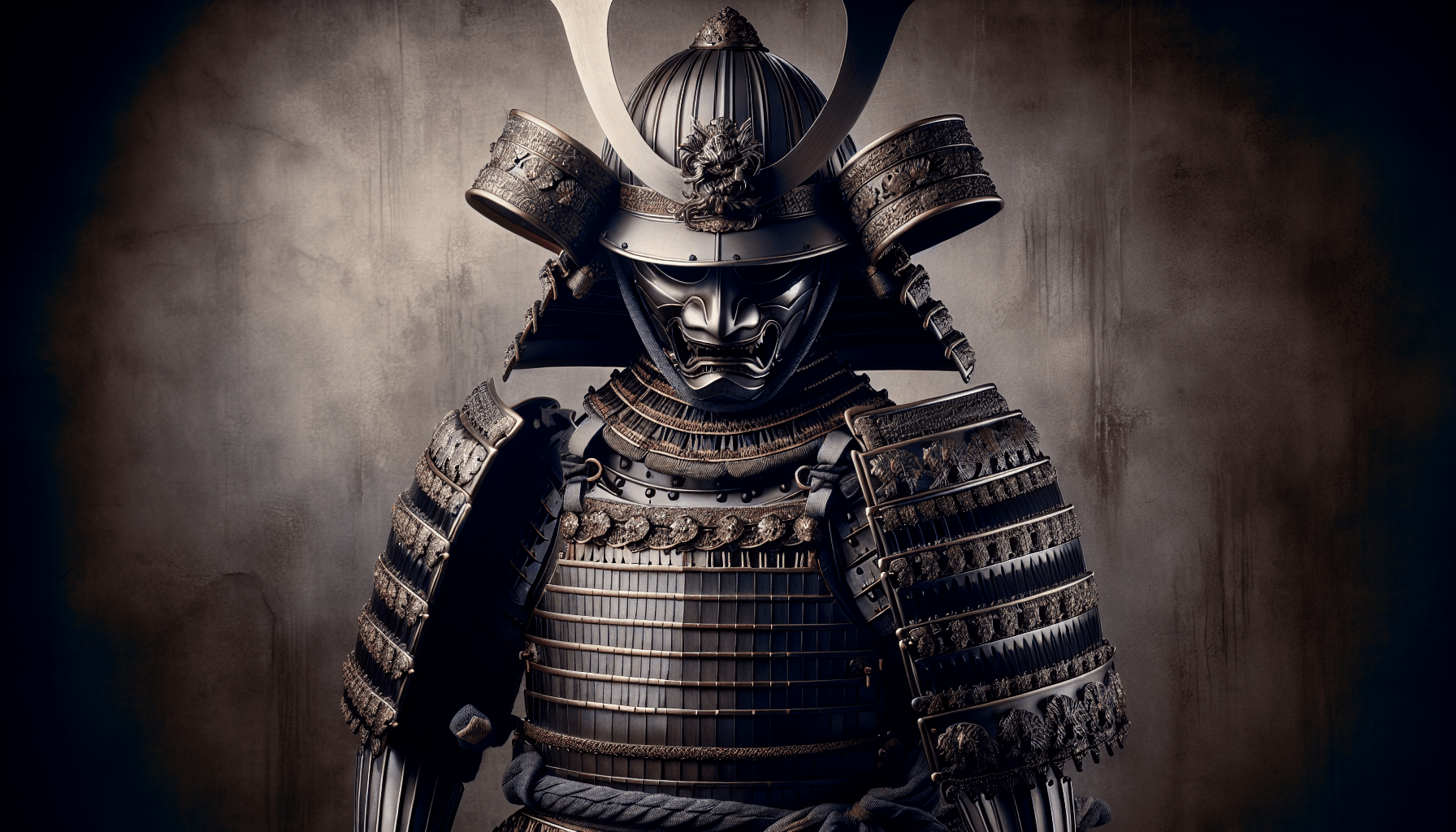
samurai armor is a fascinating subject that combines both artistry and practicality. Designed for both protection and mobility, this distinctive armor incorporated small iron or leather plates tied together with silk or leather cords, allowing for impressive agility in battle. One of the most recognizable features of samurai armor is the kabuto, or helmet, which often boasted unique and intimidating designs intended to frighten opponents.
This article explores five intriguing facts about samurai armor, showcasing its unique blend of strength and flexibility. From the armored sleeves, known as kota, to the protective shin guards, every component served a purpose in the heat of battle. By understanding these elements, you get a deeper appreciation for the craftsmanship and strategic design that helped samurai warriors excel in their time.
Origins of Samurai Armor
Historical Context of Samurai Armor Development
The origins of samurai armor can be traced back to the early medieval period in Japan, where the rise of the samurai class paralleled the need for effective combat protection. As feudalism took hold and clan warfare became more common, the samurai emerged as the elite warrior class, requiring armor that not only shielded them from harm but also reflected their status. Early armor, known as dō, was often a simple set of protective gear made from materials such as leather and iron. Over time, the strategic nature of warfare in Japan prompted continuous development and refinement of armor design.
Influence of Japanese Warfare on Armor Design
Japanese warfare was characterized by its mobility and tactics that demanded quick transitions between mounted and foot combat. This influenced the samurai armor design, leading to lighter weight materials and segmented plates that allowed for greater flexibility and movement. Unlike the heavy, rigid suits of European armor, samurai armor was developed to enable warriors to engage in swift maneuvers, respond to the dynamic battlefield, and employ ranged and close combat techniques effectively.
Evolution of Materials and Techniques Over Time
The evolution of samurai armor materials and techniques reflects the technological advancements of each era. Initially crafted from raw materials like leather and iron, the introduction of new metallurgy enriched their designs. Over centuries, the use of overlapping lamellae formed a modular structure that enhanced both protection and flexibility. Artisans became skilled in lacing techniques, often using silk or leather cords to bind the segments together, creating a cohesive piece of armor capable of withstanding the rigors of battle.
Materials Used in Samurai Armor
Common Materials: Iron and Leather
Iron and leather formed the backbone of traditional samurai armor. The incorporation of iron, often forged into small scales, provided excellent protection against blades and arrows. Leather, on the other hand, was employed for its flexibility and comfort, allowing for easier movements. Together, these materials balanced durability and ease of wear, giving samurai the advantage they needed on the battlefield.
Role of Silk in Binding Armor Plates
Silk played a crucial role in the construction of samurai armor, as it was used to bind the individual armor plates together. The use of silk not only contributed to the lightweight nature of armor but also allowed for vibrant colors and intricate designs that showcased a samurai’s personal aesthetic. The strong yet flexible properties of silk fibers ensured that the armor maintained its integrity while allowing freedom of movement.
Comparison with Materials Used in European Armor
Comparatively, European armor was often made from thicker metal plates, resulting in a heavier build that prioritized absolute protection over mobility. While European knights wore full plate armor, samurai opted for lighter segmented designs. This difference in material choice directly influenced the combat styles of both cultures, with samurai armor supporting agile movements while European knights relied on brute force to penetrate the heavy defenses.

Design Features of Samurai Armor
The Structure of Segmented Armor Plates
One of the defining features of samurai armor is its segmented structure, which consists of multiple overlapping plates arranged in a way that allows for both protection and mobility. This design enabled the armor to flex with the movements of the wearer, providing extensive coverage without sacrificing agility. The plates were often tailored to fit snugly against the body, minimizing gaps that could be exploited by opponents.
Importance of Mobility in Armor Design
Mobility was paramount in samurai armor design, ensuring that warriors could maneuver quickly in battle. Samurais needed to engage opponents on foot or from horseback, requiring their armor to facilitate rapid movement and responsiveness. This emphasis on agility often influenced the choice of materials and structure, leading to innovations that distinctly set samurai armor apart from other types of combat gear.
Visual Aesthetics: Colors and Embellishments
In addition to its practical function, samurai armor was also an expression of individual identity and clan heritage. Artisans adorned armor with vibrant colors, clan insignias, and ornate embellishments. Each piece of armor not only served as a protective gear but also as a reflection of the samurai’s status, achievements, and artistic tastes. The result was a stunning array of armor designs that uniquely conveyed the warrior’s personality and significance.
Iconic Kabuto Helmets
Distinctive Shape and Design Elements
The kabuto, or helmet, stands out as one of the most iconic components of samurai armor. Characterized by its distinctive shape, often resembling a stylized dome or crest, the kabuto was carefully crafted to encapsulate both function and art. The design often features unique embellishments, such as exaggerated peaks or flares that distinguished individual warriors.
Crests and Symbols Representing Clans
Each kabuto was frequently adorned with crests and symbols that represented the wearer’s clan. These identifiers not only served as a source of pride for the samurai but also played a strategic role in battle, allowing warriors to rally their allies or instill fear in their foes. Such artistry in design further emphasized the kabuto’s significance beyond mere protection—it told the story of lineage and loyalty.
Functions Beyond Protection: Intimidation and Fear
While the kabuto provided critical protection for the head, its design was also intended to intimidate opponents. Many samurai opted for fearsome designs, including fierce facial expressions or menacing horns, which were meant to invoke dread in their adversaries. This psychological edge was as important as physical defenses, as the samurai believed that instilling fear could shift the dynamics of battle in their favor.
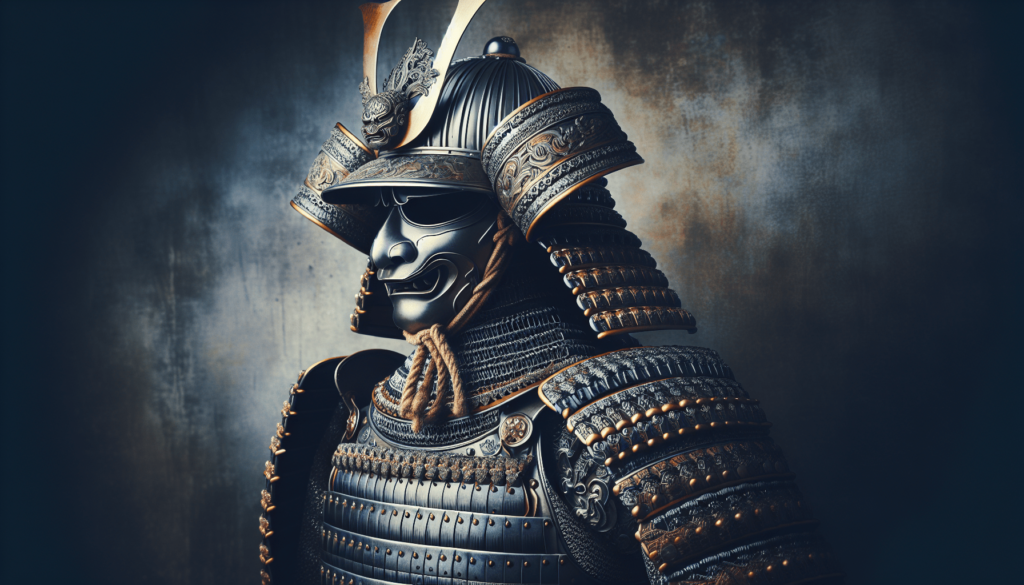
The Meno Half Mask
Purpose of the Meno in Helmet Design
The meno, half mask associated with the kabuto, served a dual purpose: it secured the helmet in place while providing additional protection for the face. This vital piece of armor protected essential areas while still allowing for visibility and breathability. The functional design of the meno made it a critical element of the kabuto, contributing to overall armor effectiveness.
Variations in Expression and Style
The meno also allowed for a great degree of artistic expression, with various styles showcasing different expressions ranging from fierce to stoic. Some menō featured mustaches or grimacing faces that were as much about artistry as they were about protection. Samurai valued not only the practicality of their armor but also the personal meaning behind each design.
Functional Benefits: Securing the Helmet and Protecting the Face
Beyond aesthetics, the meno has significant functional benefits. It enhanced the kabuto’s fit, maintaining stability during battle and ensuring that the helmet remained in place during fierce movements. It acted as a crucial defense against blows to the face and neck, areas that were otherwise vulnerable in combat.
Armored Sleeves: Kota
Functionality of Kota in Protecting the Arms
Kota, the armored sleeves worn by samurai, were essential for protecting the arms during combat. Designed to cover the entirety of the forearms, kota provided a robust defense against strikes while still allowing for the flexibility necessary to wield weapons effectively. The protection they offered was vital, as the arms are critical in both offense and defense during battles.
Materials and Construction of Kota
Traditionally, kota were made from the same materials as the rest of the armor, incorporating iron for strength and leather for flexibility. These sleeves were crafted with overlapping plates that allowed for movement and reduced the weight typically associated with rigid arm protection. This balance ensured that while the arms were protected, the samurai remained agile in their movements.
Integration with the Overall Armor System
Kota integrated seamlessly with the rest of the armor system, designed to connect with the cuirass and other segments. This integration allowed for full-body coverage, creating a cohesive protective suite that worked in harmony. The snug fit and flexibility of kota ensured that they complemented the overall functionality of the armor without sacrificing the warrior’s ability to engage in fast-paced combat.
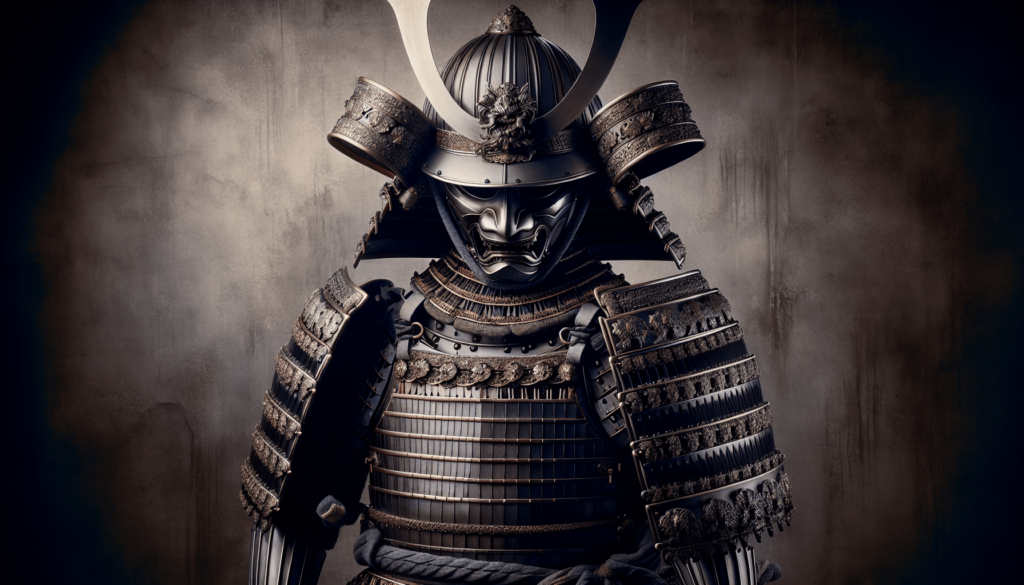
Leg Protection: Sode and Shinguards
Role of Shinguards in Combat Scenarios
Shinguards were critical in defending the lower legs against attacks, providing essential protection as samurai engaged in various combat scenarios. During battles, the lower limbs were especially vulnerable to strikes from bladed weapons, making shinguards a necessary component of the armor ensemble. Their design aimed to provide coverage and facilitate movement across different terrains.
Design Variations and Their Effectiveness
While shinguards provided vital protection, they also came in various designs that catered to specific combat styles or personal preferences. Some shinguards were crafted to allow for greater movement, while others focused on maximizing protective coverage. The effectiveness of these variations impacted how samurai approached different combat situations, whether on foot or horseback.
Cultural Significance of Leg Protection in Samurai Combat
Leg protection held significant cultural importance in the samurai ethos. The warrior class operated under a code of honor that valued mastery in combat skills. The design and choice of protective gear, specifically for the legs, underscored a warrior’s commitment to both personal safety and the ability to defend their lord, clan, and reputation.
Flexibility of Samurai Armor
Balancing Protection and Mobility
Flexibility was a defining feature of samurai armor, and this balance between protection and mobility was paramount in combat efficacy. Unlike the bulkier armor of knights, samurai armor’s design allowed warriors to move fluidly while maintaining a high degree of defense from various weapons. This unique design philosophy emerged from the necessity of quick reflexes and dynamic movements on the battlefield.
Impact on Combat Effectiveness
The impact of flexibility on combat effectiveness cannot be overstated. Samurai warriors were often called upon to perform a wide range of maneuvers, from swift horseback charges to quick footwork in hand-to-hand combat. The ability to move freely allowed them to adapt quickly to changing combat situations, giving them a strategic advantage over less agile opponents.
Comparison with Rigid European Armor Styles
In stark contrast, rigid European armor styles focused heavily on stationary protection, prioritizing defense over agility. While European knights often found themselves encumbered by heavy plates, samurai utilized smarter designs that enabled them to engage actively in battle. As a result, samurai were often more successful in executing complex maneuvers and evasive actions than their European counterparts.
Combat Techniques Involving Armor
Effects of Armor on Horseback Riding
Samurai armor was meticulously designed to be functional during horseback riding, a critical aspect of Samurai warfare. The flexibility and lightweight nature of the armor allowed for fluid movement in the saddle, enabling warriors to maintain balance and control while wielding weapons. The design features, including the placement of plates, ensured that the rider could fight effectively without compromising mobility or safety.
Engagement in Hand-to-Hand Combat
In scenarios of hand-to-hand combat, the design of samurai armor was particularly beneficial. The lightweight segmented armor allowed warriors to engage opponents quickly and effectively. Techniques such as grappling, swordplay, and defensive postures were facilitated by the flexibility provided through the armor’s construction, allowing samurai to adapt their style to the ebb and flow of battle.
Adaptations Made by Warriors to Maximize Mobility
Samurai warriors often made specific adaptations to maximize their mobility in combat. This included strategically removing or modifying certain armor pieces based on the nature and environment of a battle. Such adaptations demonstrated their understanding of personal comfort and tactical advantage, enabling them to tailor their gear to the specific demands of each encounter.
Conclusion
Recap of the Significance of Samurai Armor
Samurai armor represents more than mere protection; it embodies the spirit, culture, and technological advancements of Japan’s warrior class. Through its innovative design, materials, and cultural symbolism, the armor served to define the identity of the samurai—a symbol of honor, skill, and artistry.
Enduring Legacy in Japanese Culture and History
The legacy of samurai armor endures, influencing modern interpretations of martial arts, fashion, and popular media. Today, the craftsmanship and aesthetic of samurai armor continue to inspire admiration across cultures. Understanding the significance of samurai armor enhances our appreciation for Japan’s rich history and the artistry of its warriors, ensuring that their legacy resonates for generations to come.



